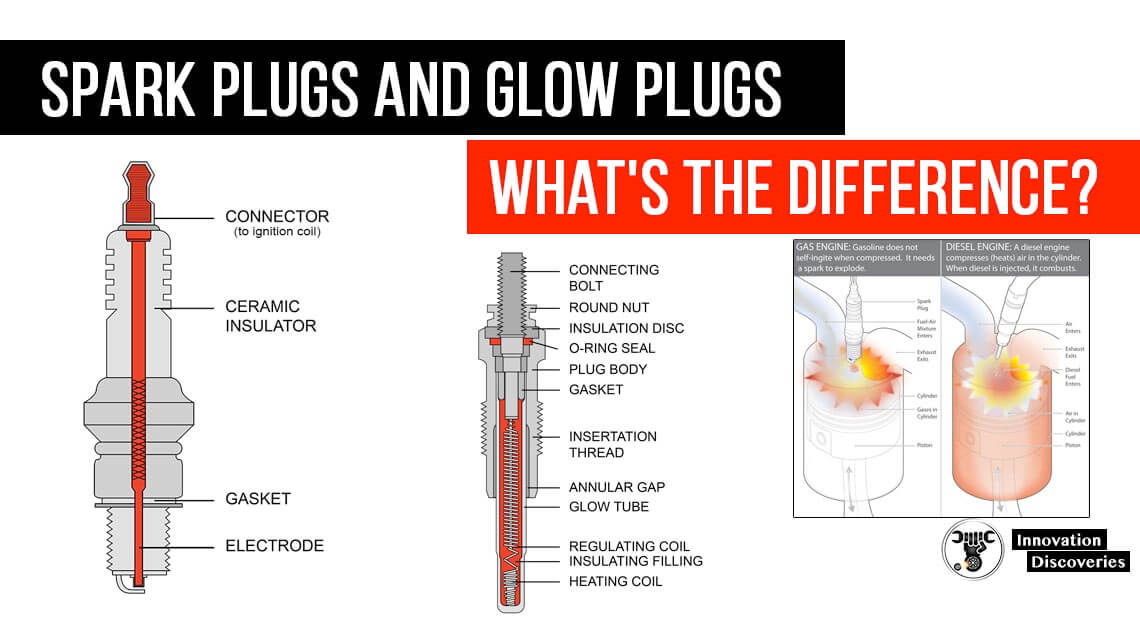
All combustion engines need three things:
- Fuel
- Air
- Heat or an ignition source
Both glow plugs and spark plugs are the ignition source in a combustion engine. So, what’s the difference?
The short answer is that the type of engine they are found in Spark plugs is only found in gasoline engines, and glow plugs are in diesel ones.
But why do the two engine types have a different starting process?
What do spark plugs and glow plugs do?
And how do they fulfil their role to help start your engine? Continue reading to find out.
Also, read:
Spark plugs
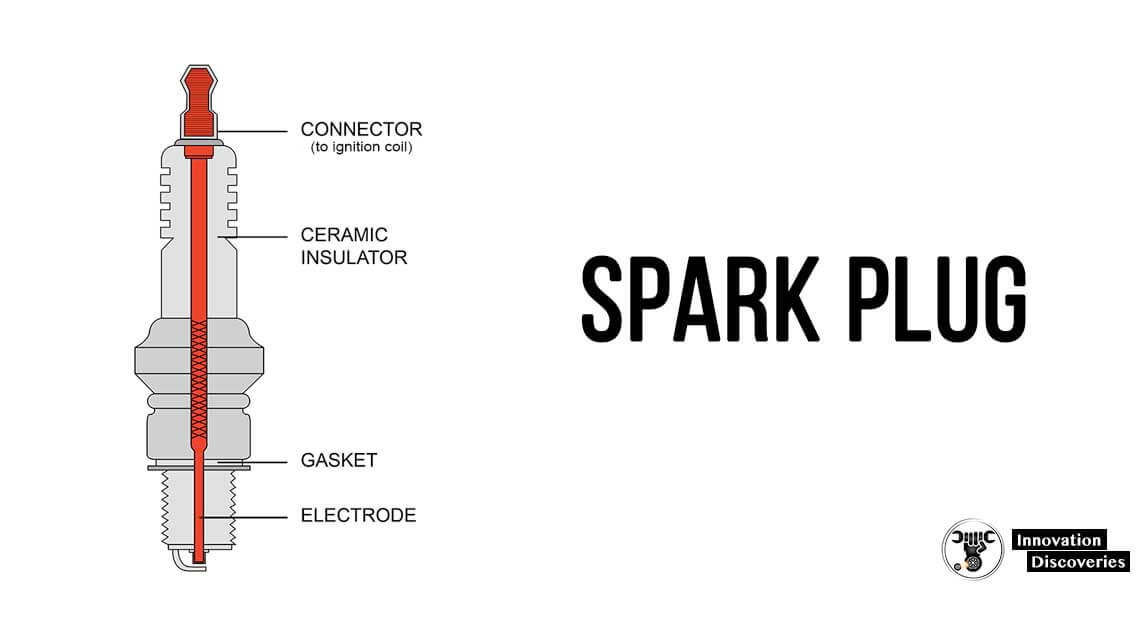
What is a spark plug?
A spark plug is an essential part of your ignition, as your gasoline car won’t start without it.
It’s an electrical component that can be found in your engine’s cylinder head where it receives a high-voltage charge from the connected ignition coil.
The charge runs through the spark plug to the electrodes where it jumps the gap as an electrical spark causing combustion.
Read More:
- HOW TO SET GAPS IN SPARK PLUGS
- WHAT HAPPENS IF A SINGLE SPARK PLUG GOES DOWN IN A MULTI-CYLINDER ENGINE?
- HOW TO FIX OIL ON SPARK PLUG THREADS IN 5 EASY STEPS
What does a spark plug look like?
Spark plugs have a central conductor, surrounded by an insulator and covered by a shell.
The insulator is usually made from ceramic and is essential for ensuring the spark only happens at the electrode’s tip.
As the spark plug is located in the combustion chamber wall, it has to fit perfectly. The combustion chamber remains sealed against high pressures and temperatures for long periods and extended use.
Spark plugs come in a variety of types (copper, iridium, or platinum), sizes (nut or thread), sealing type (crush washer or taper), and spark gap.
Read More:
How does a spark plug work?
A spark plug works continuously to ensure your engine running.
The fuel is mixed with the throttle body’s intake air before injecting into the combustion chamber in a gasoline car.
The spark plug receives a high-voltage charge from the ignition coil, causing it to spark and ignite the fuel-air mixture.
This process is repeated thousands of times per minute.
Read More:
- DIFFERENCE BETWEEN HOT SPARK PLUG AND COLD SPARK PLUG EXPLAINED
- UNDERSTAND HOW TO READ THE SPARK PLUG COLOR
Trouble Tracers | Spark Plug
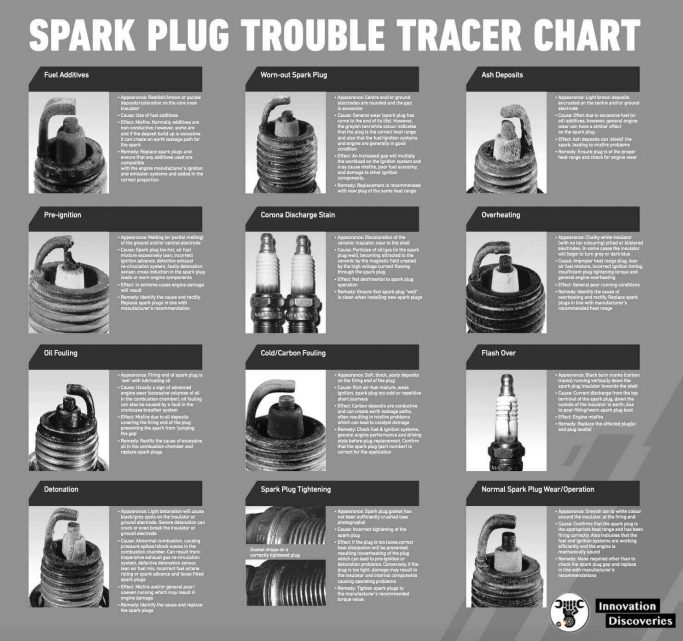
Glow plugs
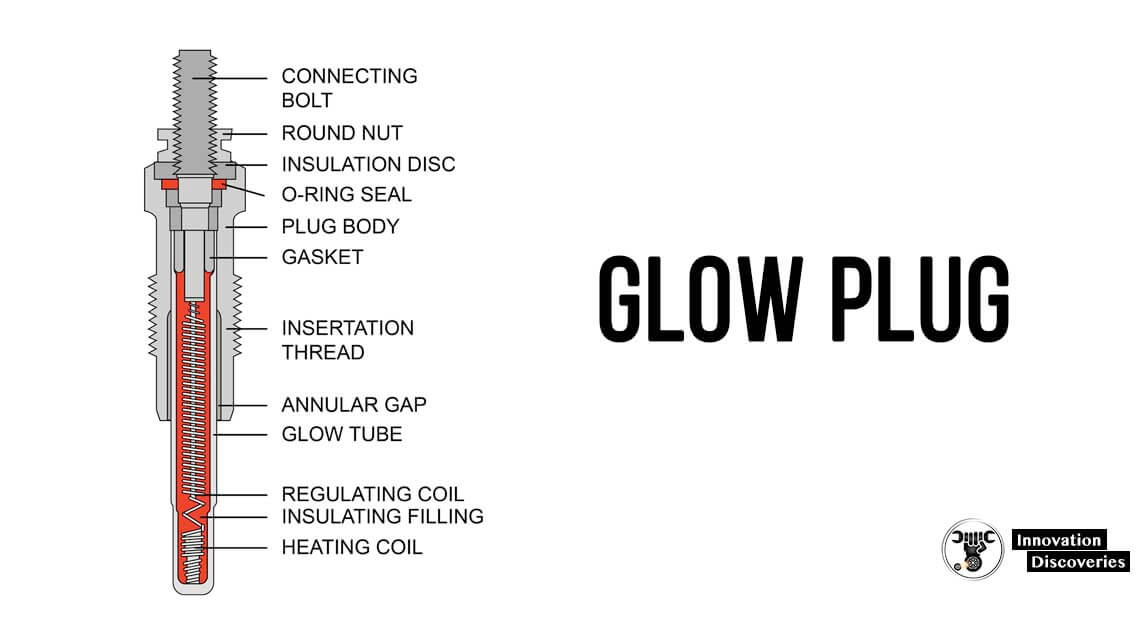
What is a glow plug?
It is possible to start a warm diesel engine without using a glow plug or warm climates, thanks to the relatively high temperature of the intake air and diesel’s relatively low ignition temperature.
However, this isn’t enough to ensure proper ignition of the injected fuel in all temperatures, which results in increased exhaust emissions.
A glow plug solves this issue.
An electrical heating device located in each diesel engine’s cylinder ensures reliable starts in all weather conditions.
Also, read: WHY THERE IS NO SPARK PLUG-IN DIESEL ENGINE?
What does a glow plug look like?
A glow plug is a long, thin piece of metal with a heating element at the tip.
The heating element is constructed from materials that resist oxidation and high temperatures.
How does a glow plug work?
A glow plug is only needed during the ignition process, unlike a spark plug that works continuously as you drive.
The glow plug works by electrifying the heating element, so it heats up and emits visible light (hence the name).
Intake air is compressed before the fuel injector spray directs fuel onto the glow plug’s hot tip during the fuel injection.
The injected fuel mixes with the compressed air evaporate and start combustion almost simultaneously, even when the engine is cold.
Download: HANDBOOK OF DIESEL ENGINES BOOK
Trouble Tracers | Glow Plug
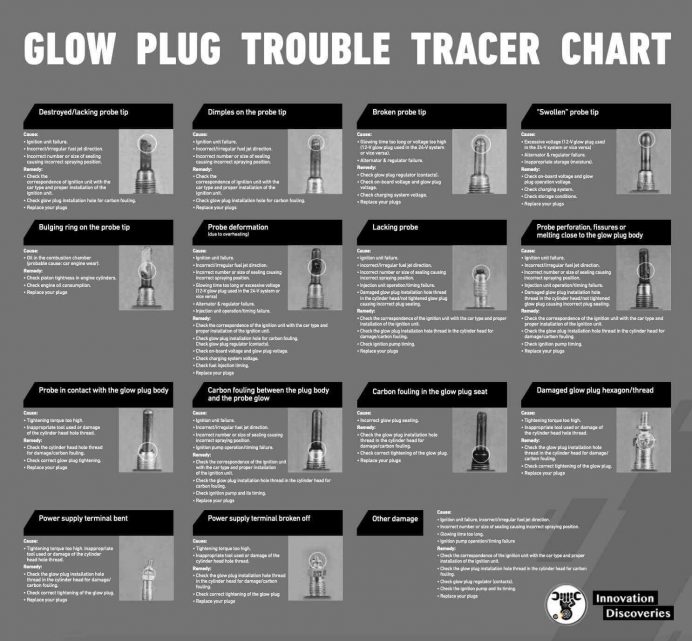
Visit Forum
Visit Our Friendly Website


3 Comments